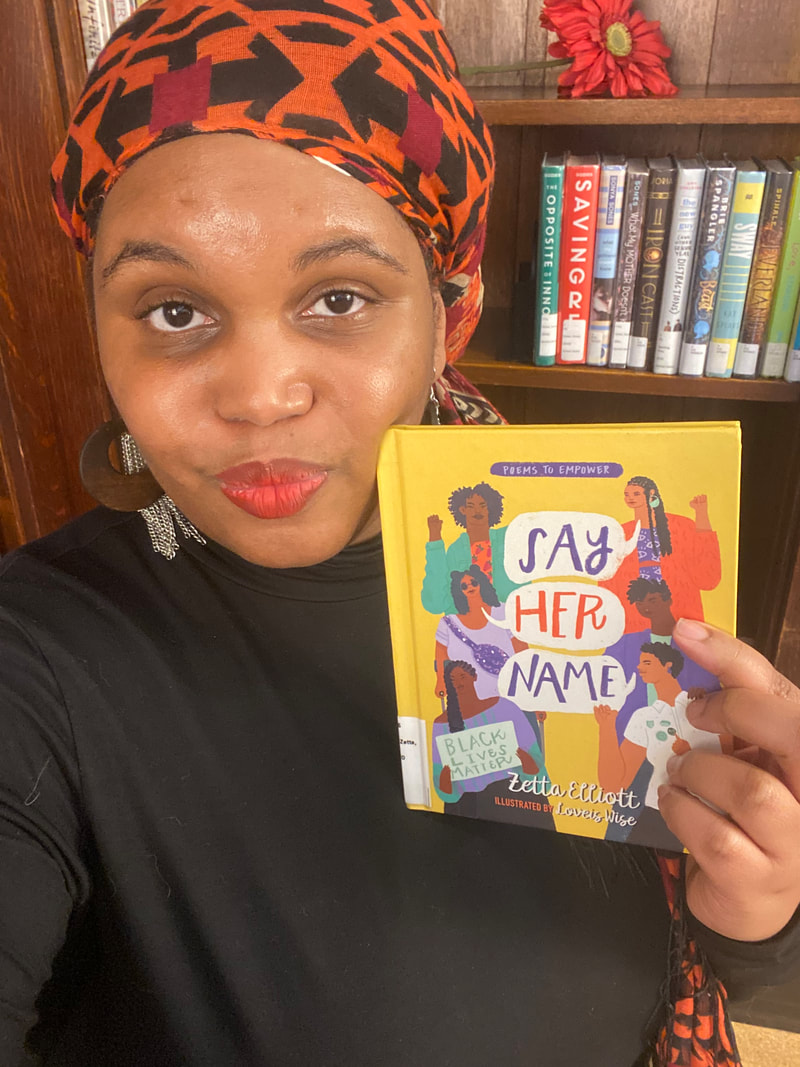|
This blog post will examine innovation in the video game industry based on Everett Roger’s argument of the five attributes of innovations. Since quarantine, I have found a reignited passion for video games. Automatically, "Nitendomania" caught my attention. This brief section discusses the five attributes of innovation that garnered success for Nintendo where Atari failed.  In the Teen Lounge of my library, it is part of my job to keep up with video games. We have a Nintendo Switch, Playstation 4, and an Xbox One. It is the fun part of my job knowing the ends and outs of these game systems and being able to play them with the teens that come into our space. Additionally, I have to make sure that my staff is trained to use these systems as well. I found it fascinating that video games are such an integral part of teen’s lives, but in the beginning, there was a search for diffusion. We see this now with games that use servers and the cloud as opposed to a system itself. How fast can a new wave be adopted? “This chapter suggested five attributes of innovations by which an innovation can be described, and showed that individual receiver's perceptions of these attributes predict an innovation's rate of adoption.” (Rogers, E. M. 2010) The book mentions the rate of adoption, relative advantage, compatibility, complexity, trialability, and observability as the five attributes of innovation. I think these same things can be seen with the emergence of things like Roblox or EA Games. The cloud is the future of videogaming, and it could arrive sooner than many players expect, with important implications for investors. (Hough, J. 2018) Phones and computers now come with hardware and software that only game systems used to monopolize on. Even the chapter mentions that Nintendo had the capability to use a keyboard they just didn’t advertise it. “As in Japan, the little gray box did not come with a keyboard or a disk drive (although a panel m the bottom can be removed to reveal a port for a cable connector to a keyboard, modem, or other computer equipment)” (Rogers, E. M. 2010) These attributes are extremely relevant today. However, there is always something better around the corner. “New competitors entered the market with better graphics, less expensive games, and standard hardware that could be used for more than gaming. Early attempts to challenge Nintendo had failed, and as a result, Nintendo grew complacent. However, before long companies like Sega, Sony and Microsoft were coming out with better consoles that offered more features for about the same cost.” (Wesley, D., & Barczak, G. 2010) Technology is always changing and advancing, as we see the market transition the truth is video games aren’t going anywhere. They are becoming more and more a part of everyday life. With things like serious games also coming into classrooms. It may leave some games behind. “Lego used to compete head-tohead with Mattel and Hasbro in brick sets and action figures; now it has to come to grips with the latest digital device or online offering from Sony, Nintendo, and Electronic Arts.” One thing is for sure innovation will transform as well. ReferencesHough, J. (2018). Gaming the cloud. Barron's, 98(35), 16-20. Retrieved from https://login.proxy.lib.utk.edu:443/login?url=https://www-proquest-com.proxy.lib.utk.edu/trade-journals/gaming-cloud/docview/2093182186/se-2?accountid=14766
Julian Birkinshaw, John Bessant, & Rick Delbridge. (2007). Finding, Forming, and Performing: Creating Networks for Discontinuous Innovation. California Management Review, 49(3), 67–84. https://doi.org/10.2307/41166395 Rogers, E. M. (2010). Diffusion of innovations. Simon and Schuster. Wesley, D., & Barczak, G. (2010). Innovation and marketing in the video game industry : Avoiding the performance trap. ProQuest Ebook Central https://ebookcentral-proquest-com.proxy.lib.utk.edu
0 Comments
Leave a Reply. |
Library SisHey Ya'llI'm Sahara (Sista SOLS) a information professional that has working in public & academic library spaces. Currently, I am a library resident at Clemson University. Here you'll find my residency experience, thoughts on articles, research findings, and story files from what I hope is a fresh perspective. Archives
December 2023
Categories |

 RSS Feed
RSS Feed
